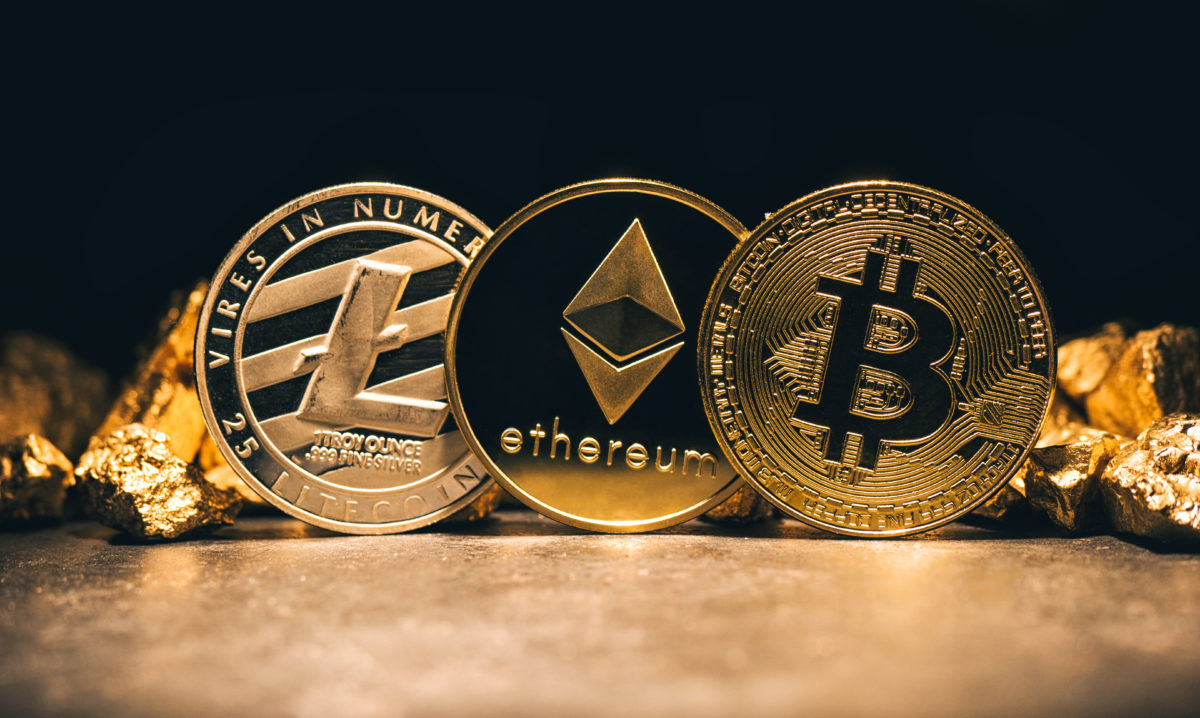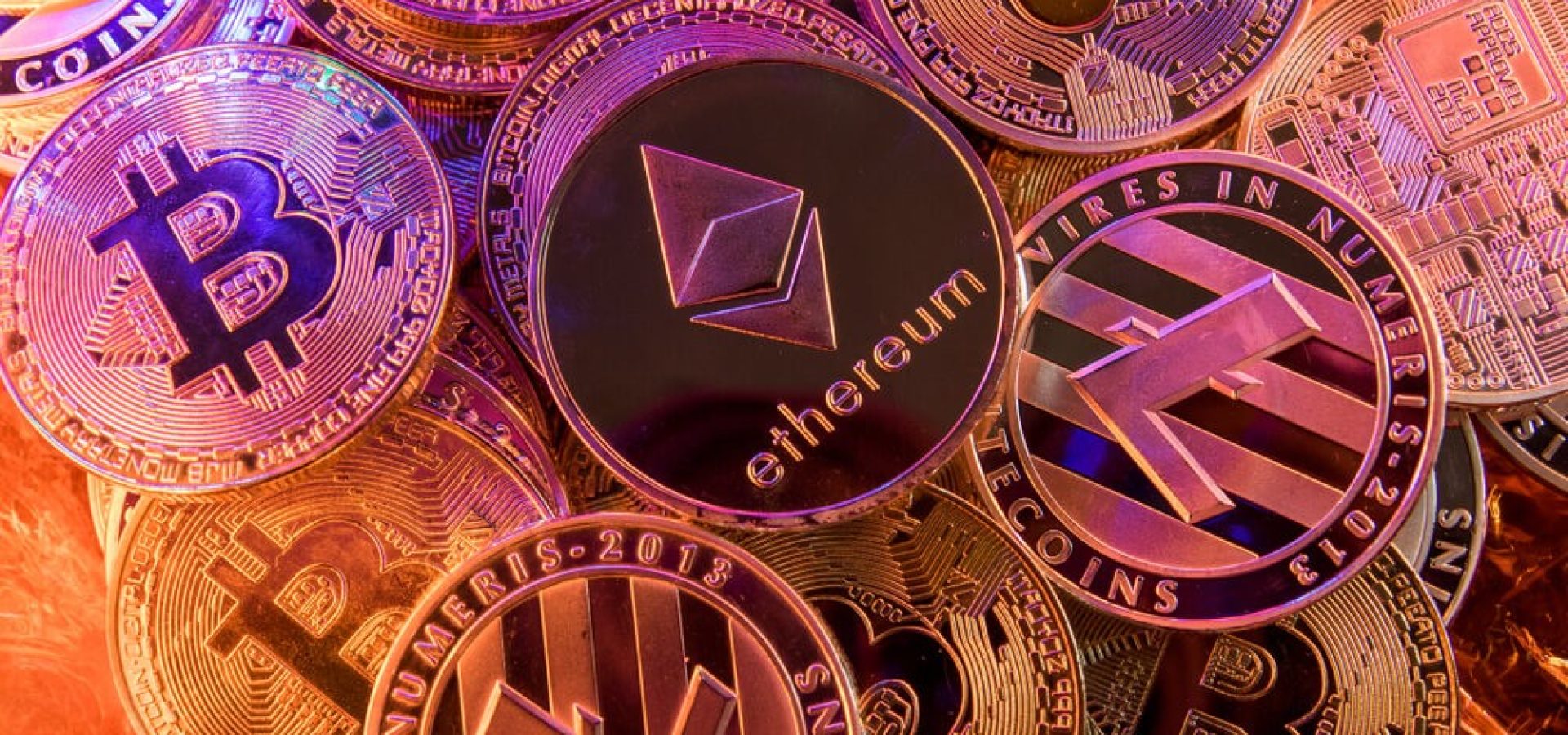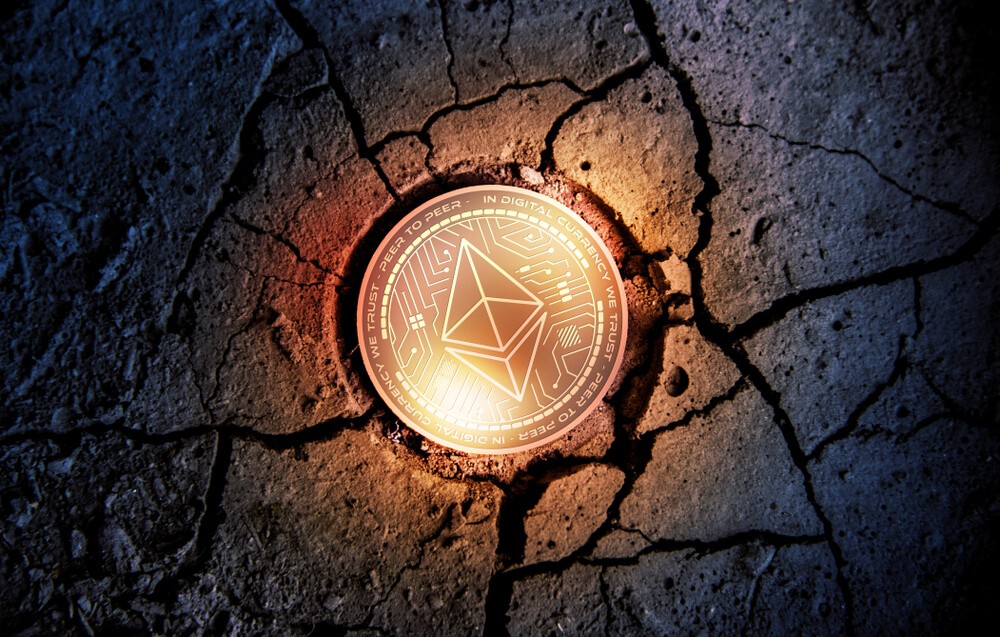Altcoins, or alternative cryptocurrencies, have emerged as a substantial segment within the digital currency arena.
While Bitcoin retains its dominance in capturing media attention, altcoins enrich the blockchain ecosystem. They achieve this by pioneering innovative use cases, assessing inherent risks, and influencing future technological directions.
In this article we will explore the altcoin landscape, beginning with their basic definition and extending to their roles and impacts within the market.
Defining Altcoins: More Than Just Non-Bitcoin Cryptocurrencies
Altcoins are essentially any cryptocurrencies other than Bitcoin. Their inception was driven by the desire to address some of the perceived limitations of Bitcoin and to introduce advancements in specific facets of blockchain and financial technology.
Utilising blockchain technology akin to Bitcoin, altcoins aim to facilitate secure, transparent, and immutable transactions. However, they frequently strive to surpass Bitcoin in transaction speed, usage costs, or energy efficiency.
The Backbone of Altcoins: Blockchain Technology
Many altcoins adopt different consensus mechanisms and encryption algorithms compared to Bitcoin, aiming to enhance the security or efficiency of transactions. While Bitcoin employs the Proof of Work (PoW) mechanism, numerous altcoins have shifted towards Proof of Stake (PoS) or other less energy-intensive consensus models, which promise better scalability.
Features and Functionality: Beyond Bitcoin’s Preview

Contrasting with Bitcoin’s primary function as digital gold, several altcoins incorporate added functionalities like smart contracts, which are self-executing contracts with the agreement terms embedded within the code. For instance, Ethereum has gained popularity by implementing smart contracts and decentralised applications (dApps).
Market Position and Adoption: A Diverse Landscape
Generally, altcoins hold a smaller market share than Bitcoin and exhibit varying levels of adoption. The success of altcoins largely hinges on the robustness of their community, the practicality of their applications, and overarching market dynamics.
Innovation and Experimentation: The Role of Altcoins in the Ecosystem
Altcoins serve as a breeding ground for new ideas and technologies within the blockchain space, fostering innovation and offering a platform to experiment with blockchain applications beyond Bitcoin’s offerings.
Specialised Use Cases: Tailored Solutions
Altcoins often target specific industries or operational needs. For example, Ripple (XRP) is optimised to expedite and reduce the cost of international transactions, proving particularly beneficial for banks and financial institutions.
Market Competition: Driving Development Forward
The diversity within altcoin spurs continuous development and enhancements across the cryptocurrency ecosystem. This competition drives technical advancements and promotes greater usability and accessibility.
Popular Altcoins and Their Impact

- Ethereum (ETH): Trailblazer in smart contracts and dApps.
- Ripple (XRP): Optimises international transaction efficiency.
- Litecoin (LTC): Provides quicker transaction capabilities.
- Cardano (ADA): Focuses on security and sustainability.
- Polkadot (DOT): Seeks interoperability between different blockchains.
- Binance Coin (BNB): Functions as a utility token within the Binance exchange.
- Stellar (XLM): Aids in cross-border payments and financial inclusion.
Exploring Altcoin Use Cases and Applications
- Privacy: Monero (XMR) and Zcash (ZEC) offer robust privacy features using sophisticated cryptographic techniques to obscure transaction details.
- Scalability: Solana (SOL) and Algorand (ALGO) address the challenge of blockchain scalability with innovative consensus mechanisms like Proof of History and Pure Proof of Stake, respectively.
- Decentralised Finance (DeFi): Uniswap (UNI) and Chainlink (LINK) lead the DeFi movement, providing tools such as decentralised exchanges and reliable data oracles.
- Non-Fungible Tokens (NFTs): Flow (FLOW) and Enjin (ENJ) are at the forefront of the NFT and decentralised gaming platforms market.
- Social Impact: Digibyte (DGB) and Basic Attention Token (BAT) tackle issues related to cybersecurity and fairness in digital advertising.
Evaluating Altcoin Projects: A Comprehensive Investor’s Guide

The investment landscape for altcoins is particularly vibrant yet volatile, necessitating a well-thought-out strategy to navigate. However, a thorough evaluation of each project is paramount to ensure informed investment decisions when delving into this world.
Team and Development: The Cornerstone of Success
The foundational strength of any altcoin project lies in its team. The team members’ expertise, experience, and commitment to transparency are critical indicators of a project’s potential success. Investors should seek teams with a proven track record in blockchain technology and related sectors. A strong, capable team not only enhances the likelihood of delivering a robust and viable product but also demonstrates the ability to navigate the complexities of the cryptocurrency market. This evaluation should include the examination of the team’s credentials, previous contributions to the industry, and their strategy for ongoing development and innovation.
Use Case and Market Fit: Ensuring Relevance and Demand
To sustain long-term value, an altcoin must address a specific, tangible problem with a clear purpose and target market. Investors should rigorously assess the altcoin’s problem-solving capability and the actual demand for this solution within the market. Altcoins that fulfil a distinct need or present a unique proposition are more likely to garner a sustainable user base and achieve long-term success. This analysis involves understanding the altcoin’s potential users, the competitive landscape, and how effectively it meets these market needs compared to existing solutions.
Technology and Innovation: Pillars of Potential
The technological foundation of an altcoin is a significant determinant of its potential success. Key aspects to consider include the robustness of its consensus mechanism, scalability, security features, and the adaptability of the technology for future expansion across various platforms and industries. Innovation is particularly crucial in transaction speed, efficiency, and integration capabilities. Investors should evaluate whether the altcoin brings new technological solutions and its potential to be adopted on a broader scale.
Community and Adoption: The Backbone of Altcoin Viability

A robust and active community supports an altcoin through adoption and enhances its credibility and long-term viability. This community includes developers, users, and stakeholders contributing to the ongoing development and diffusion of the altcoin. Additionally, strategic partnerships and collaborations drive broader adoption and enhance the project’s market position. Investors should assess the engagement level of the community, the strategic alliances formed, and the overall market acceptance of the altcoin.
Roadmap and Future Plans: Vision and Strategic Direction
Understanding an altcoin project’s strategic roadmap and milestones is essential to gauge its long-term viability and ambition. This includes reviewing planned updates, enhancements, and new features that align with current and future market demands. A clearly defined and feasible roadmap demonstrates the project’s commitment to growth and adaptation in a rapidly evolving market.
Risks and Challenges of Altcoin Investments
Investing in altcoins is accompanied by a distinct set of risks and challenges that investors must navigate:
- Market Volatility: Altcoins are typically subject to higher volatility than more established cryptocurrencies, leading to significant price fluctuations.
- Regulatory Concerns: The evolving regulatory landscape can dramatically impact the viability of altcoin projects.
- Project Viability: There is a heightened risk of failure due to poor execution, lack of market interest, or fraudulent activities.
- Liquidity Issues: Many altcoins experience low liquidity, making buying or selling large amounts challenging without affecting the market price.
Diversifying Crypto Portfolios: Strategies for Mitigation

A well-considered strategy for diversifying a crypto portfolio can help mitigate these risks while maximising potential returns:
- Foundational Assets: Using Bitcoin as a stability anchor in the portfolio.
- Risk Assessment: Clearly defining one’s risk tolerance and allocating assets accordingly.
- Informed Selection: Conduct thorough research to select a diverse mix of promising altcoins with unique features and potential.
- Balanced Allocation: Diversifying investments across various altcoins to manage risk and reduce the impact of any single investment’s volatility.
Future Prospects of Altcoins: Trends and Innovations
The future of altcoins looks promising with continuous innovations such as interoperability between blockchain networks, Layer 2 solutions for enhanced scalability, and the growth of Decentralised Finance (DeFi) platforms. The regulatory landscape will play a critical role in shaping these developments, necessitating clear and consistent guidelines to protect investors and ensure market sustainability. Integration with traditional finance is also on the rise, with altcoins increasingly being used for applications like cross-border payments and the tokenisation of traditional assets.
The Strategic Importance of Altcoins in the Cryptocurrency Ecosystem
Altcoins offer compelling use cases that extend beyond the capabilities of Bitcoin, representing a significant portion of the cryptocurrency market’s future. However, the investment landscape is volatile and complex, requiring investors to approach cautiously and strategically. By understanding the inherent risks, adopting a comprehensive diversification strategy, and staying informed about regulatory and technological developments, investors can effectively leverage altcoins to achieve substantial financial returns. As the cryptocurrency ecosystem continues to evolve, the strategic role of altcoins will undoubtedly be crucial in shaping its future.











COMMENTS